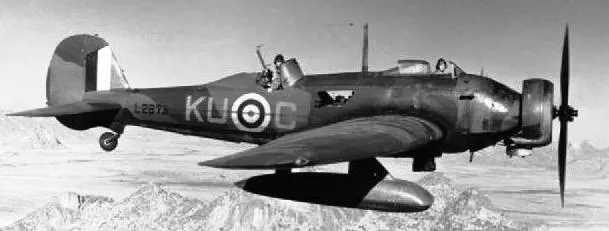Vickers Wellesley

Vickers Wellesley Mk. Is, flown by RCAF pilots serving in the RAF early in the Second World War. None are preserved in Canada.
The Vickers Wellesley was a medium bomber that was designed and produced by the British aircraft manufacturer Vickers-Armstrongs at Brooklands near Weybridge, Surrey. It was one of two aircraft to be named after Arthur Wellesley, 1st Duke of Wellington, the other being the Vickers Wellington.
The Wellesley was developed during the early 1930s in response to Specification G.4/31. The biplane Vickers Type 253 was effectively an early incarnation of the aircraft, sharing its radical geodesic airframe and many other features. The Type 253 was determined to be the best submission received by the Air Ministry, thus an order for 150 production aircraft was issued. The vast majority of the Wellesley's production run were supplied to the Royal Air Force (RAF), a total of six squadrons under RAF Bomber Command operated the type at its peak. While the type was considered to be obsolete by the start of the Second World War and thus unsuited to the European air war, the Wellesley was operated overseas in the desert theatres of East Africa, Egypt and the Middle East. The final Wellesley-equipped unit, 47 Squadron, ended its use of the type as a maritime reconnaissance aircraft, during September 1942.
The Wellesley was a single-engine monoplane with a very high 8.83 aspect ratio wing and a manually operated, retractable undercarriage. As it was not known how the geodetic structure could cope with being disrupted by a bomb bay, the Wellesley's bomb load was instead carried in a pair of streamlined panniers underneath the wings. The Wellesley Mk I had two cockpits but this was slightly changed in what was unofficially dubbed the Wellesley Mk II, whose pilot's canopy was extended to cover the navigator/bomb aimer's position that had been buried in the fuselage. The gunner retained a separate canopy. Only the pilot was provided with flight controls. The aircraft was furnished with a three-axis autopilot. Wikipedia





 Canadian Virtual War Memorial
Canadian Virtual War Memorial Kimberley, British Columbia
Kimberley, British Columbia Wikipedia Vickers Wellesley
Wikipedia Vickers Wellesley Harold A Skarrup Web Page
Harold A Skarrup Web Page